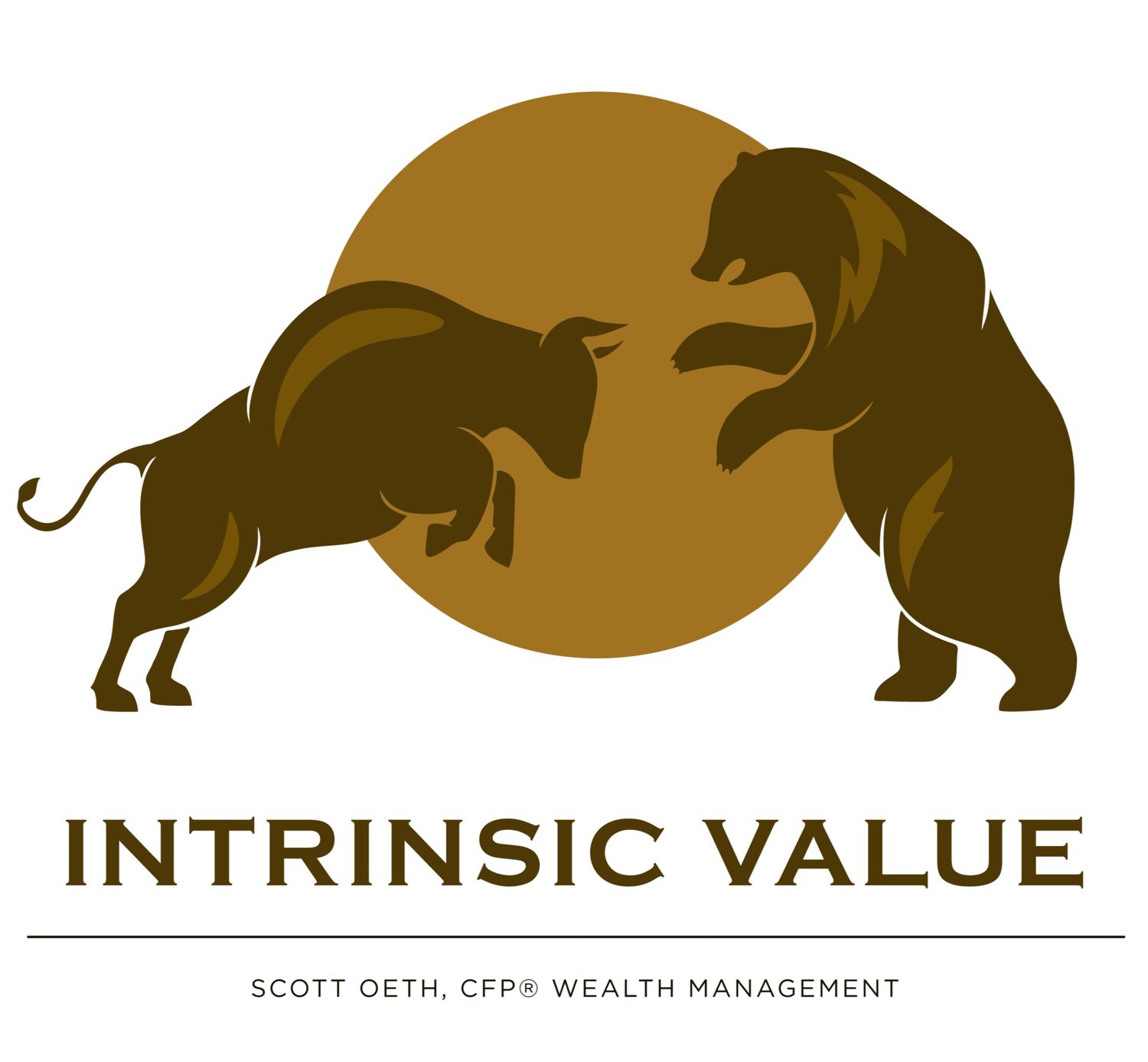Investment Diversification: Age-Old Wisdom
It has been six months since the market hit bottom in its coronavirus-induced crash. Following the crash, stocks experienced a soaring recovery. September then brought a return to selling in the markets, and, in particular, we saw volatility in large technology companies.
“Let every man divide his money into three parts, and invest a third in land, a third in business, and a third let him keep in reserve.”
Current concerns seem to be focused on the uncertainty of future government stimulus and, of course, politics and the pandemic. While no one knows which path the markets will take over the next few months, there is a common thought that we will continue to experience heightened volatility leading up to the presidential election.
Diversification has always been a core principle of our investment approach and 2020 is proving the soundness of this age-old concept once again. On September 2, the topic of my monthly “Money Matters” radio feature was diversification. I talked about the concept of diversification, historical examples of “sure things gone bad,” and concerns about the market’s current concentration in a small group of technology stocks. You can listen to the audio file here:
In the audio, I refer to the term “variance drain.” This concept shows that diversification matters not just for risk management and dampening volatility, but may also help your investment returns.
The AMG chart below (“A Diversified Portfolio Offers Better Performance and a Smoother Ride”) shows the volatility and returns of a diversified portfolio versus the commonly cited S&P 500 all U.S. large company stock index, as well as other asset classes. Their representation of a diversified portfolio (details in chart footnotes) shows a significantly less volatile path as measured by the standard deviation of returns and also a slightly higher long-term return!
AMG’s representation of a diversified portfolio for this chart included: 30% Investment Grade Bonds, 20% U.S. Large Cap Equity, 10% U.S. Small Cap Equity, 10% Foreign Developed Equity, 5% Municipals, 5% U.S. High Yield Bonds, 5% International Small Cap, 5% Emerging Markets, 5% U.S. Real Estate, and 5% Alternatives
If you’d like to catch upcoming episodes of my “Money Matters” spot on WTIP 90.7 FM on the first Wednesday of each month, just click the “Listen Now” link in the upper right corner on their website at 8:50 a.m.
If you have questions about what diversification steps we’ve taken in your portfolio, and how you’re positioned for the road ahead, please feel free to get in touch!
